What does this workflow look like?
For Print on Demand (POD) companies, this process shortens the in-hand cycle. The artwork needs to be prepared for print only once per vessel type. Once the file is properly labeled and a corresponding label is made, the operator will pick the part, print the barcode and then deliver it to be printer. The machine operator will then place the drinkware piece in the machine, scan the barcode and print the proper graphics. Once it is printed, it is shipped off to the customer. This process can produce around 2-3 parts per minute, depending on the height of the artwork and the speed of your operator.
This workflow can be enhanced even farther with an artwork preparation software. Once demand picks up and custom orders are being placed left and right consider automating the artwork preparation. What once took an operator 15 minutes to do will take less than a fraction of a minute.
What are the benefits and limitations of cylindrical inkjet printers?
The benefits of such a machine are endless. Companies can completely transform their drinkware to levels they have never even imagined. Those who are starting can completely differentiate themselves from competitors. For those who are currently sublimating, you are decreasing your production times and increasing quality and margins. This process is more sustainable and greatly reduces the amount of waste in terms of paper and plastic. Aside from the production improvements, the quality is stunning and will highlight the artist even further.
Additionally, cylindrical inkjet printers use UV inks which are instantly cured by UV LED lights. These inks are specially formulated to promote adhesion to specific substrates including plastics, glass, and metals. For optimal adhesion proper pre-treatment is advised. However, some inks, like Inkcups’ T2 UV Ink for Tritan Plastic eliminates the need for extensive pre-treatment on the notoriously difficult material, Tritan plastic.
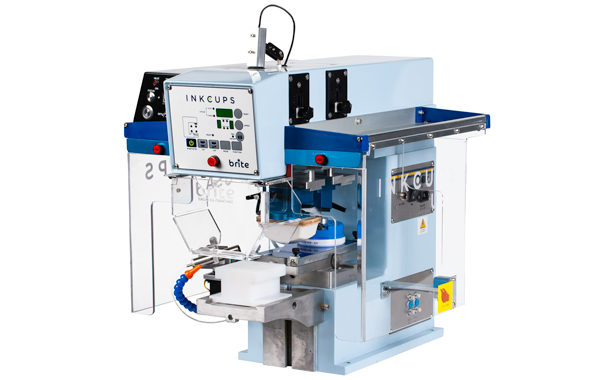 Tagless Printers
Tagless Printers Cylindrical Inkjet Printers
Cylindrical Inkjet Printers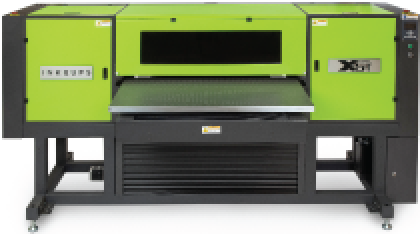 UV Flatbed Printers
UV Flatbed Printers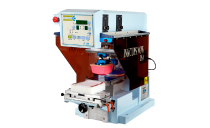 Pad Printing Machines
Pad Printing Machines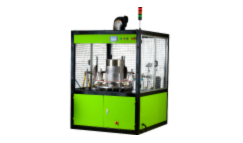 Pretreatment Systems
Pretreatment Systems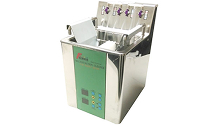 Inkjet Printing Auxiliary
Inkjet Printing Auxiliary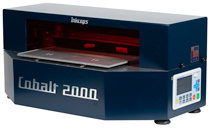 Laser Plate-Makers
Laser Plate-Makers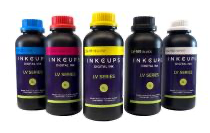 Inkjet Printing Supplies
Inkjet Printing Supplies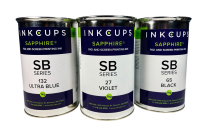 Pad Printing Supplies
Pad Printing Supplies Tagless Supplies
Tagless Supplies